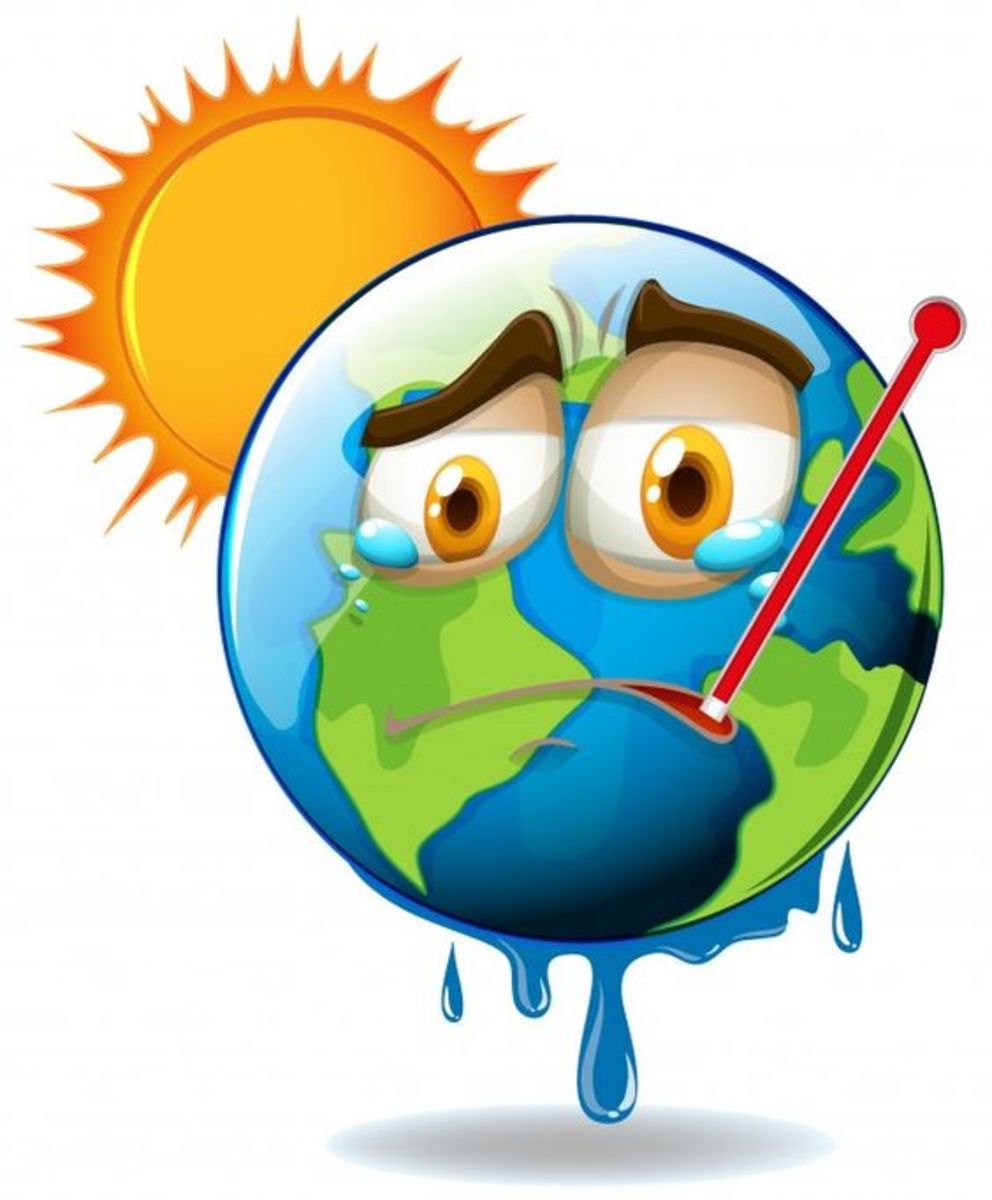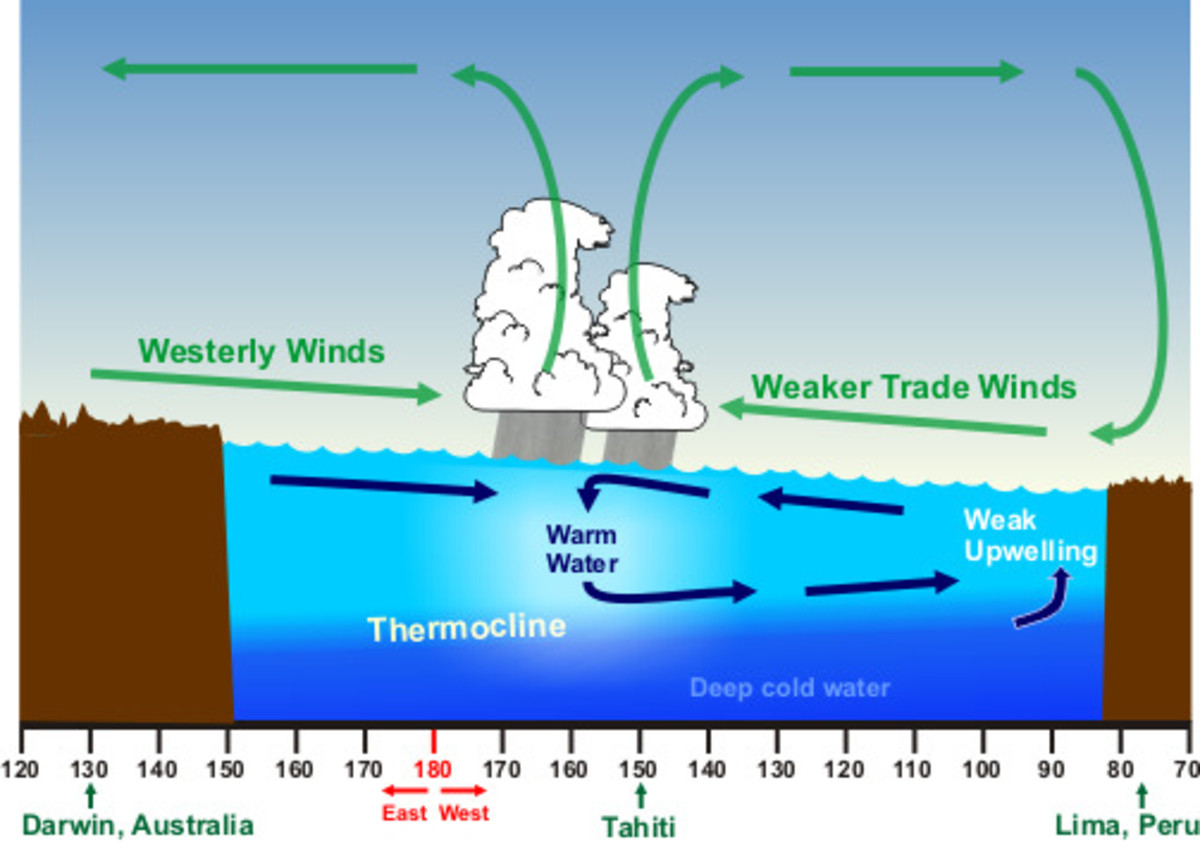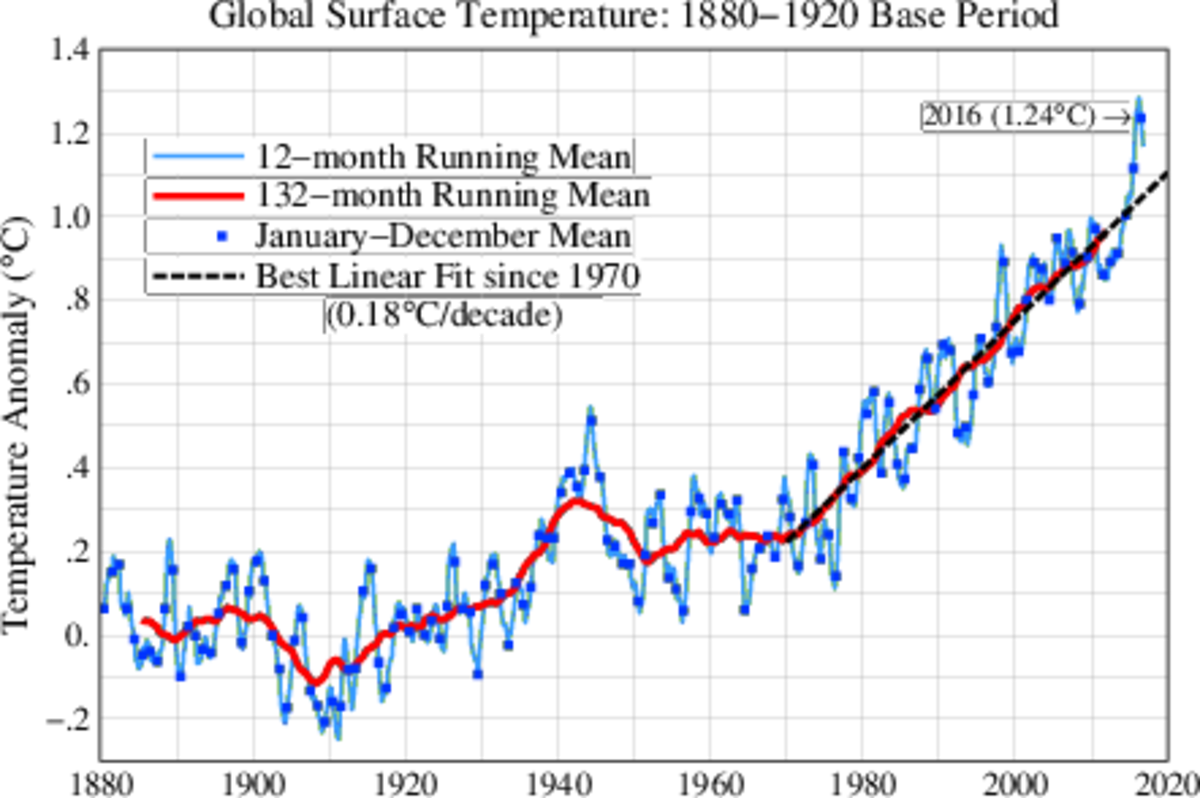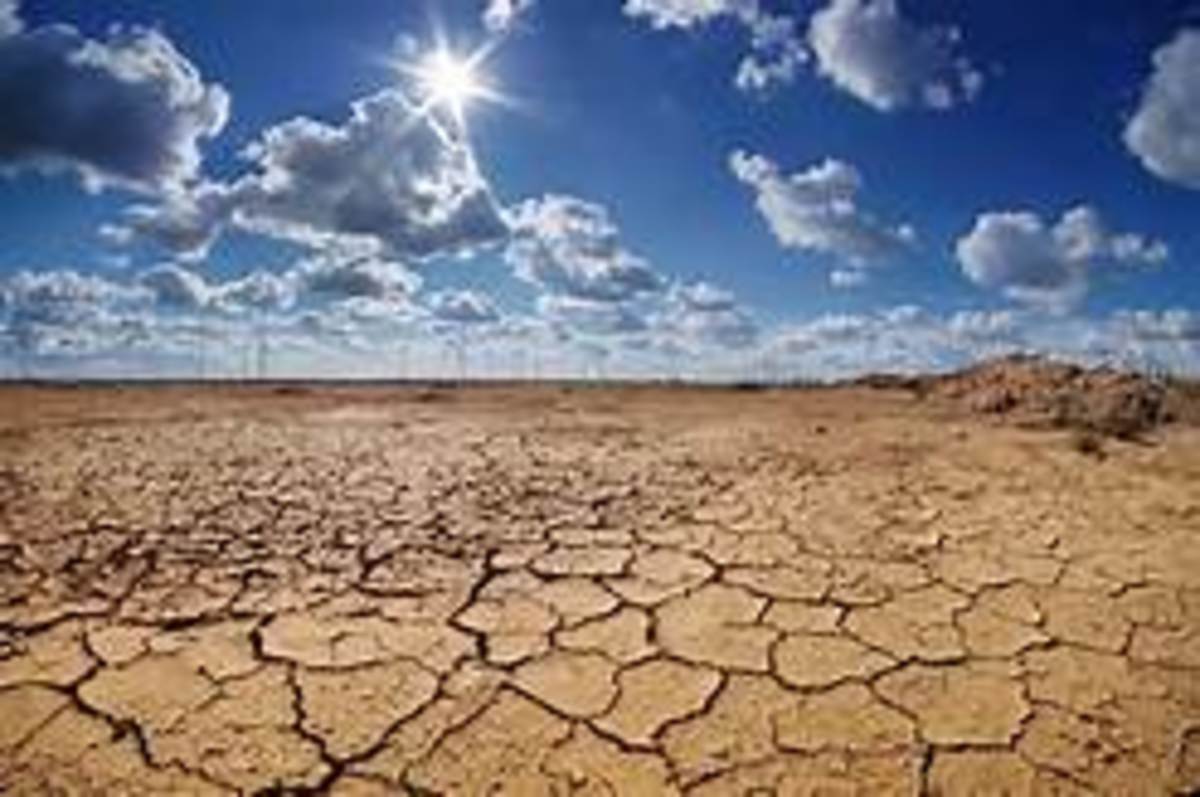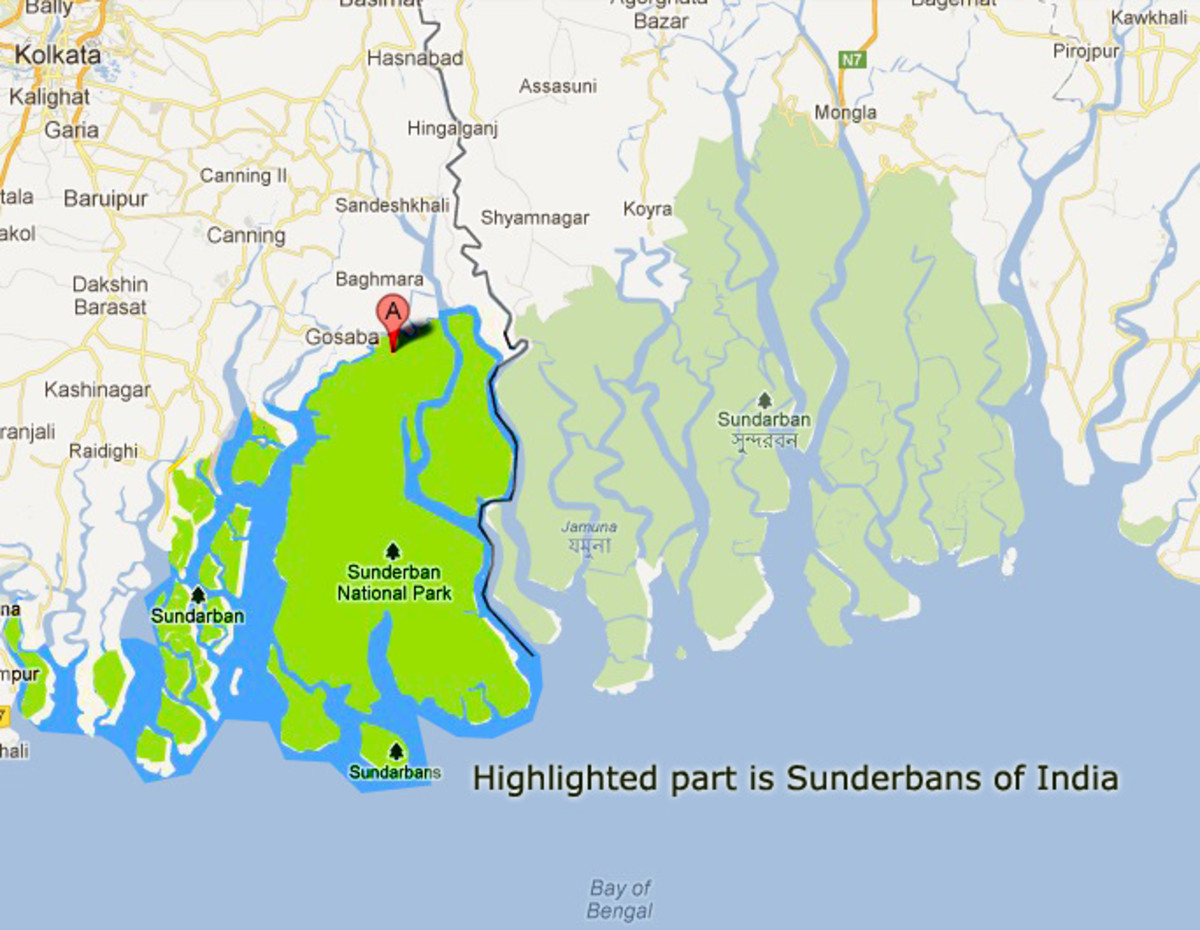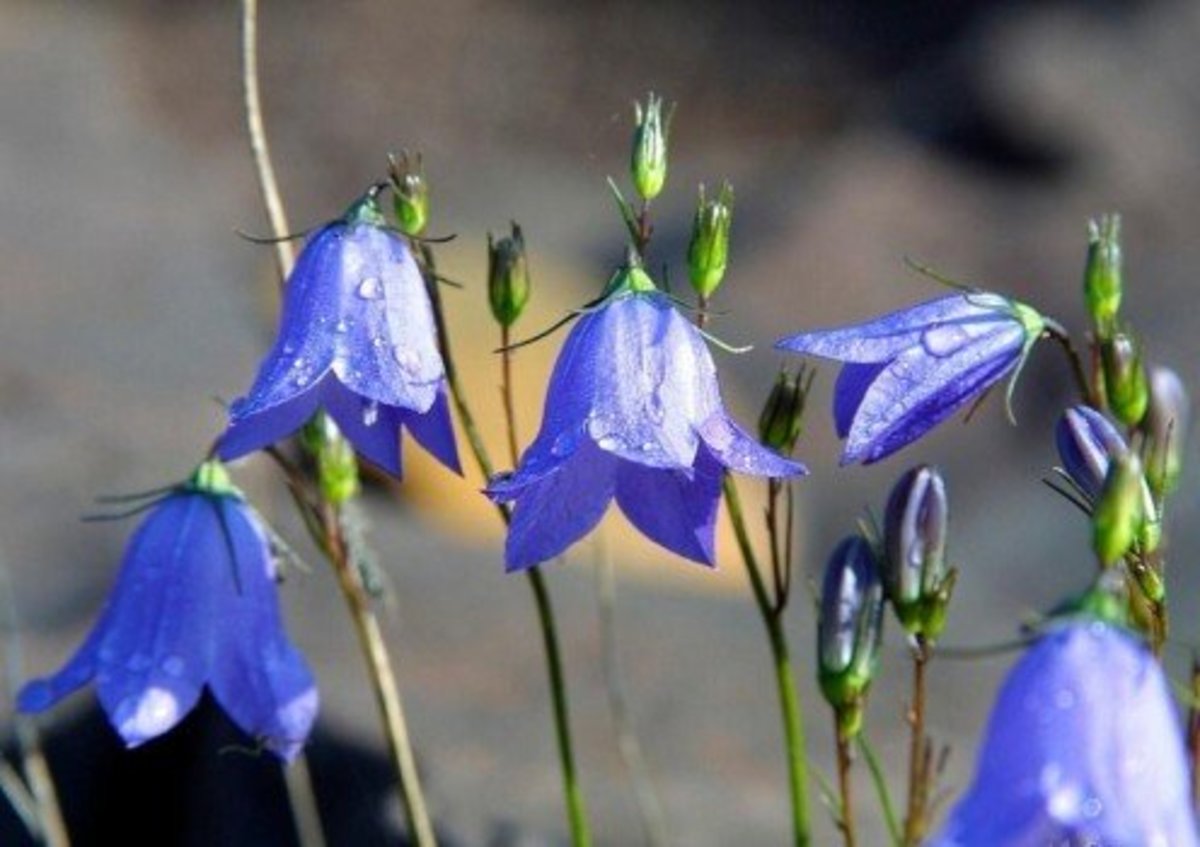Deforestation, Ocean Acidification, Melting Ice Caps, Droughts and More - America's Real Issues
The World Around Us is Changing - And Not in a Good Way
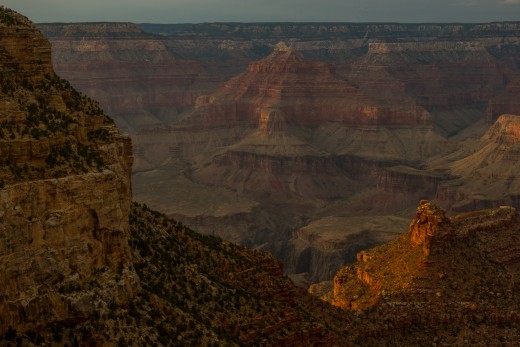
Do you believe that global warming is a problem? (please expand on your response in the comment section)
Climate Change - A Real Problem
Climate change is a heated debate among almost everyone in the world. As the signs of global warming become more and more apparent, it is becoming harder and harder to deny the reality of this growing epidemic.
From the water to the land to the air, no part of the globe is immune from this problem. Sea levels are rising, animals are losing their habitats and their food sources, and the air we rely on for life is becoming more and more toxic.
Global warming is a problem that we as humans have created for ourselves, and it is a problem that we alone can fix. Regardless of what side of the debate you are on, we all can do our part by respecting the environment, not wasting resources, and ensuring that a healthy planet can survives for centuries to come.
The Fight Between Monsanto and Small Farmers is Leading to the Loss of a Large Number of Trees All Over the Globe
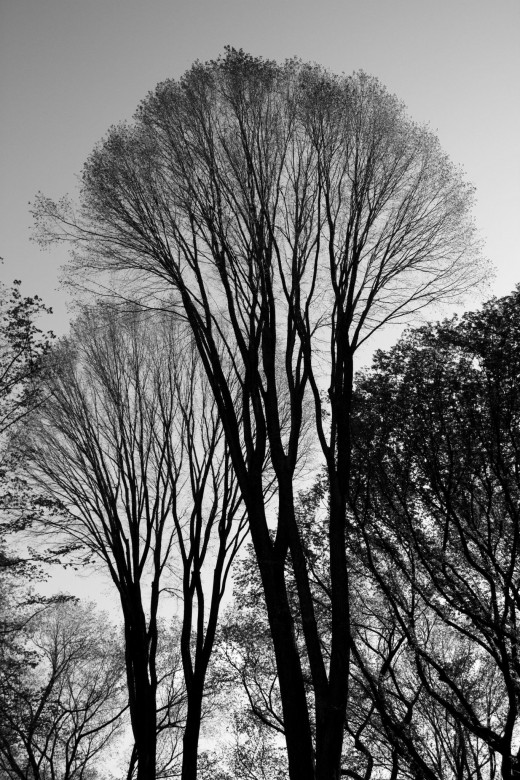
Educate Your Kids About Global Warming
Deforestation
Deforestation is a modern day plague countries all over the globe are currently facing. The catastrophic downsizing of the globe's forests is not only damaging to the land, it is damaging to us.
If the depletion of rain forests continues at the rate it is occurring right now, all of the rain forests all around the globe will vanish in a hundred years.
Though some deforestation is due to natural factors, a lot of it is caused by human means. This is done through slash and burn agriculture, an attempt by farmers to increase space to plant crops.
Farmers are feeling the need to expand their land as Monsnato takes vengeance on America's agriculture. Small farmers who refuse to conform to the pressure of using genetically modified organisms know that if they don't increase their acreage of land, they will lose their source of income completely.
Deforestation is a driving force in climate change and has a huge impact on our environment. Species of many kinds are losing their homes. Other species are losing their main source of substinance. The oxygen supply is being limited and forests are becoming deserts.
Not only does deforestation alter the natural order of the earth's climate, but it also contributes to the high emission of greenhouse gases, which fuel global warming. The most drastic solution to this growing problem is to stop the cutting down of trees when it is unnecessary, unfortunately this doesn't look like it is going to happen.
A more realistic solution is to slow down the process of deforestation is to ensure that forest enviornments remain intact. To do this, we must increase the number of new trees planted in order to replace those that have been cut down. Although we are planting trees every year, the current number of trees planted annually only covers a small fraction of the forested land that is destroyed.
Dams All Over America Try to Control the Flow of Water, Yet Droughts are Still an Issue
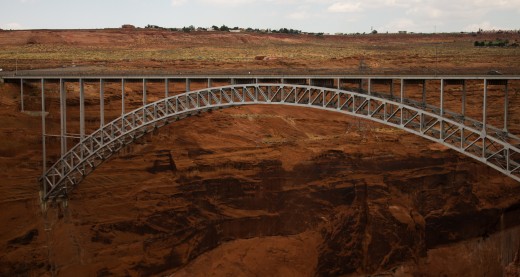
Read The World According to Monsanto and Learn About the Dangers They Present
The Death of Bees, Bats and Birds by the Millions
The Death of the Honey Bee
Honey bees contribute to almost 30 percent of the food consumed by citizens living in the United States alone. In just the past 50 years, the population of honey bees has decreased by half according to scientists.
If something doesn't change soon, honeybees are at risk of becoming extinct. This puts the food supply for the entire globe at risk. A large quantity of fruits and vegetables can completely disappear.
The Disappearance of Bats
Another species at risk of extinction due to global warming are bats. White-nose syndrome, a disease that causes a fungus to infect and kill bats has already begun to sweep the northeast, killing up to 75% of bats in affected areas.
"We also found that if mortality continues the way we've seen it, the regional population of this bat ... will basically be gone from the landscape in 16 to 20 years," reported a researcher from Boston University and the University of California, Santa Cruz.
How does the extinction of bats affect us as humans? Well, if species of bats continue to become extinct, the food they rely on will grow in rapid numbers. Unfortunately, bats rely on things like mosquitoes for sustanince, which means larger quantities of mosquitoes and a higher chance of the spread of diseases they carry.
Blackbird Sings in the Dead of Night, Take Her Broken Wings and Help Her Fly
Bats and bees are not the only species facing extinction due to climate change. As the globe continues to see rising temperatures, birds everywhere are leaving their habitats to find new homes.
Species of birds thought to be safe from climate change have actually decreased in population by 80% over the past fifty years. Global warming is destroying habitats, forcing birds to relocate to places they shouldn't be, places where they just can't survive.
Even birds that haven't had to find a new habitat are facing the dangers of extinction due to harmful pesticides emitted in the air by crop growers and companies like Monsanto.
A Manager for NASA Discusses the MElting Ice Caps
Rising Sea Levels are Just One of the Issues Global Warming is Causing to the Oceans Everywhere
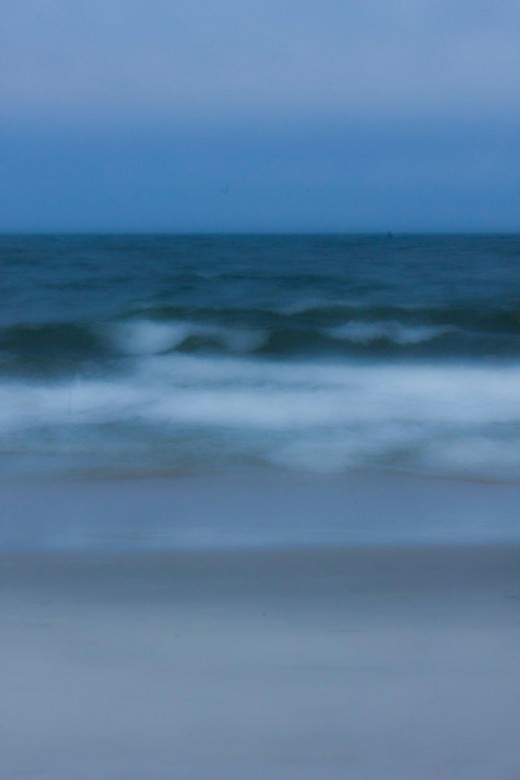
Melting Ice Caps
The oceans all over the globe are seeing huge changes as a result of climate change.
Data released recently by researchers who spent three months measuring the ice and tracking the melting snow in the Arctic Ocean revealed a serious problem.
Their research showed the the North Pole, an area comlpetely covered by ice, could become a large open sea in just a decade. By 2029, this area could be completely ice free altogether.
The Arctic Ocean is incredibly important to the climate of the globe. The loss of the glaciers in the ocean would impact the climate of regions all over the world.
Consequences of the melting glaciers include flooding in some of the world's most populated cities, higher greenhouse gas emissions, and increased temperatures that have the potential of fueling the already large problem of droughts.
Learn to Treat the Environment Better
The Release of Toxic Methane from the Antarctic
The ocean is facing many problems due to global warming. From rising sea temperatures to melting ice caps, the world's largest water source and home to millions of forms of sea life is currently under attack.
Polar bears are facing extinction, whales are starving to death as their food source disappears and seals are losing their habitat.
As the ice caps melt away, more then just rising sea levels are becoming an issue. Scientists monitoring the melting ice caps have discovered something potentially catastrophic in the Arctic Ocean.
Swamp gas that has long been trapped under Antarctica is getting closer to the surface. Researchers fear that if the ice continues to melt, the methane gas beneath the ice will enter our atmosphere, presenting a much larger threat than carbon dioxide.
It's not unlikely that before the century ends, large glaciers that make up Antarctica could recede enough to release whatever hydrates they've been covering, releasing methane into the atmosphere.
"The longer I'm in this glaciology business, the more I'm willing to accept scenarios for really rapid change." said Tulaczyk, a glaciologist from the University of Southern Califonia
Don't Just Watch Our Planet Erode - You Can Make a Difference

Climate Change: Evidence, Impacts and Choices
Uncontrollable Droughts and Floods
Droughts Drying Up Areas Across the Globe
Global warming is causing surface temperatures across the globe to rise at an alarming level. These higher temperatures are causing devastating changes to the earth's atmosphere - one of the most severe changes being the increase in droughts worldwide.
Between May and August of 2013, the United States experience the driest four month period since 1895, according to the U.S. National Oceanic and Atmospheric Administration (NOAA).
Currently, California is seeing droughts like they have never before experienced. The staggering number of droughts everywhere is putting humans and animals at severe risk. Habitats are drying up, food supplies are becoming smallers and some crops can no longer grow at all in places where they used to thrive.
Amidst Droughts, Flooding is Also a Growing Issue
While some portions of the globe are drying up, others are becoming overly saturated due to extreme weather conditions. Areas surrounding the Colorado River have seen mudslides, floods and storms producing quantities of rain that are simply unimaginable.
Scientists studying climate change have warned that the increasing frequency combined with the severity of wildfires and droughts lead to more floods as environment continues to change rapidly.
The Large Problem of the Declining Bee Population
© 2014 Kathleen Odenthal





